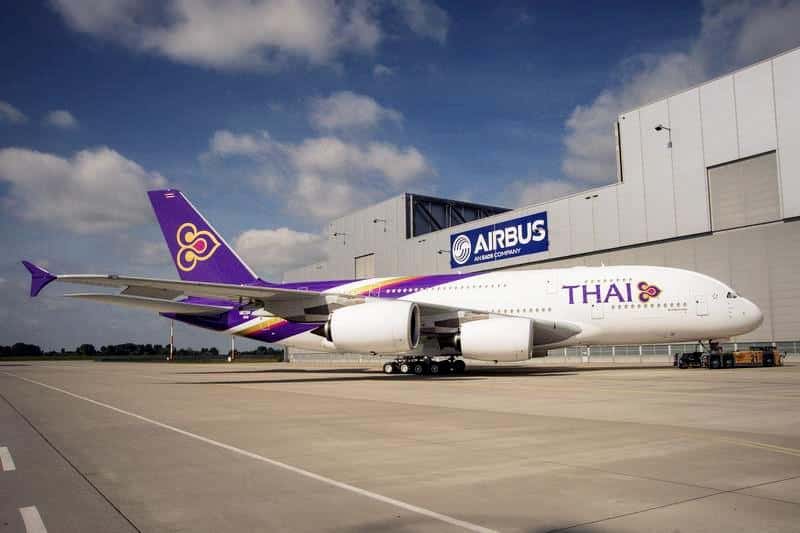Crisis management mistake exposes antiquated thinking at the international airline
The recent Thai Airways mishap, in which a jet skidded off of a Bangkok runway, isn’t terribly unusual for an airline. Don’t get us wrong, any incident involving even a minor plane crash is going to attract coverage, but it was Thai Airway’s actions after the crash that led to a massive heap of negative reporting about the organization.
What happened? Businessweek’s Justin Bachman has the details:
Flight TG679 was landing at Bangkok’s Suvarnabhumi Airport late Sunday after a flight from Guangzhou, China, with 288 passengers and 14 crew members when the Airbus A330 veered off the runway due to a landing-gear malfunction, the airline said. The passengers suffered mostly minor injuries in the emergency evacuation—unfortunate, but not terribly unusual.
What came next, however, was rather rare: The airline deployed a crew with black paint to “de-identify” the Thai logo on the fuselage, with an airline official telling reporters that the practice followed a “crisis communication rule” at the global Star Alliance—of which Thai is a member—to protect the image of the airline and other alliance members, the Associated Press reported. Not so, Star officials responded.
“We at Star Alliance do NOT have a policy which states that carriers must paint over the logos,” spokesman Markus Ruediger wrote in an e-mail. The airline issued a statement today to clarify its position on the matter. “Though THAI generally practices the de-identifying of an aircraft after an incident (or accident), the Company also clarifies that it is NOT a Star Alliance policy or procedure to de-identify aircraft,” the national airline said.
Okay, before we even get into the crisis management mistakes, let’s take a look at a standard Thai Airways plane.

Did anyone really think that painting over just the company logos on the side was going to hide which airline was involved? There seem to be quite a few other identifying marks, including THE ENTIRE BACK HALF OF THE PLANE, making the decision even more puzzling.
Perhaps Thai Airways officials didn’t get the memo that we’re not living in the ’40s or ’50s anymore, but an era when some passengers on the flight had almost certainly snapped pictures and posted them online before they were even evacuated. Professional photographers quickly made their way out as well, and at least 10 different high-res shots could be found on the AP Images site alone within hours of the incident.
One of the core tenets of crisis management today is that you do not cover up. You don’t even want to give the impression that you might be considering covering something up. While it can be tempting, just take a look back on the results of cases like this one and you’ll remember why it pays to stay out in the open.
Erik Bernstein
Social Media Manager
https://www.bernsteincrisismanagement.com
